Your bathroom partition choice may just be your most important decision in designing your bathroom. Cleaning, compliance and durability are just three factors that will be impacted.

Source: siniat.co.uk
As an architect or interior designer, one of the more difficult questions you would have to ask yourself is what your choice of bathroom partition material you are going to go with. There are many ways that this simple choice can affect your entire plan for your bathroom and even the rest of the building.
Table of Contents
Your Choice of Material
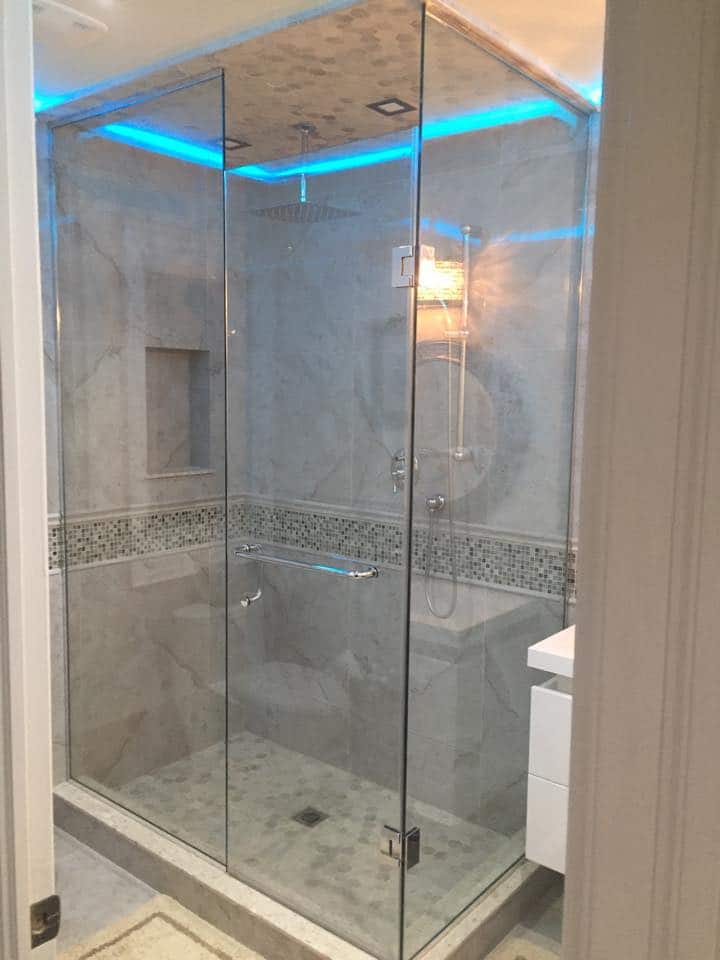
Source: galaxyglassandmirror.ca
For one, durability and resistance to damage is a component directly attributed to the material used in the bathroom partition. Another is maintenance. Any project that involves wet floors and moist surfaces would surely need to be given extra attention in ways of maintaining it.
And lastly, safety and compliance. State safety institutions are usually strict in ensuring that public utilities like bathrooms adhere to laws and regulations. If neglected, this can be a headache for the implementer later on.
Like most design decisions, there are pros and cons whichever approach you take. To put it simply, you should look at the application. Understanding how the bathroom partition, and indeed the bathroom itself, will be used should become your guide.
In this article we are going to talk about what choices are available to you when choosing a bathroom partition material. We will look at how each kind of bathroom partition material will differentiate from one another.
And finally we will look at use cases and how the choice of bathroom partition will impact overall design and, more importantly, your customer’s satisfaction.
Bathroom Partitions Are Identified By Code
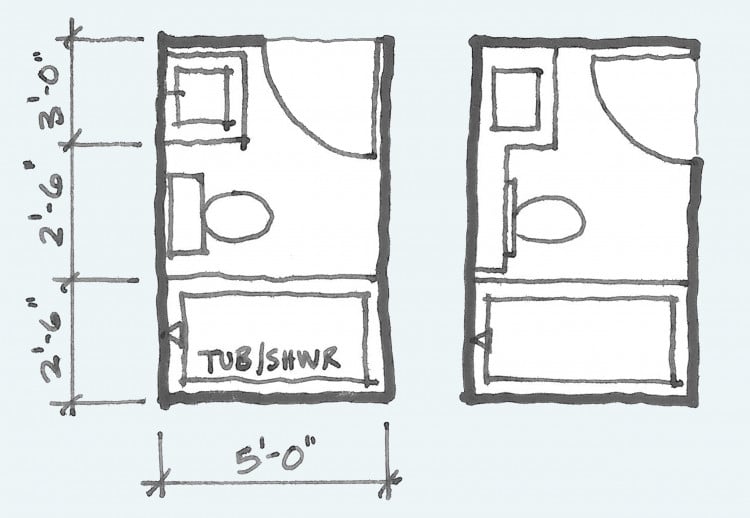
Source: boardandvellum.com
In most countries, the model of the bathroom partition is often standardized into codes. These are used as the basis for laws in regulating them to ensure that they pass safety standards and other important compliance criteria.
There are even international organizations that lend a hand in governing these standards like the International Code Council or the ICC. They usually partner with local safety government institutions like city engineering and fire protection agencies.
Compliance with the Law
It is important to take note that not all state laws will reflect that of conventions made by institutions mentioned above. However, most manufacturers understand that it may only be a matter of time before their country or state adopts these rules and regulations.

Source: boardandvellum.com
Your best bet as a designer is to assume that they will comply at some point. With that said, knowledge of these codes and conventions that are internationally recognized should be step one in choosing the bathroom partition that you will install.
Some aspects of regulation that you may want to brush up on include building codes, fire codes, and safety codes. Each of these rules are usually governed by separate entities and will, of course, depend on which city or country the establishment is flagged under.
Classification
Another thing you want to take note of is there may be confusions as to how the bathroom partition is going to be classified. This is an important question because the institution that will evaluate the compliance of the bathroom partition material will depend on which jurisdiction it will fall on.
Pay special attention to the possibility of it falling on the departments who could impose stiffer penalties. Thankfully, the complex criss-cross of domains is slowly being clarified leaving designers an easier time in choosing designs. In summation, prudence would probably be your friend in keeping up with rules, regulations and law changes.
Architects, interior designers should be firm in choosing materials that adhere to the rules and regulations of the state. There are currently available lists that professionals can use as reference.
Remember that the choice of the bathroom partition will fall on the one designing the bathroom and not the supplier of the bathroom partition. You may legally buy these toilet partitions but their restrictions may not be explicitly defined during the sale.
Bathroom Partition and Building Type
As with most fixtures installed in the interior of the building, a lot of consideration must be put into the type of building where the fixture will soon reside. This may be particularly obvious especially if you are seasoned in interior design or architecture. However, this would not be a pitfall if there isn’t a substantial number of people falling for the same mistake.
Basically there are three types of buildings which you can use in classifying them:
- Prestige Buildings
- Standard-use Buildings
- Public Places
Each one of them differentiates each other by the stature of people using them, their function, but mostly the foot traffic.
Basing your decision solely on building type may actually be a good idea despite its straightforwardness. Of course, this is not entirely true in all cases but as a baseline, this may be your best bet.
1) Prestige Buildings
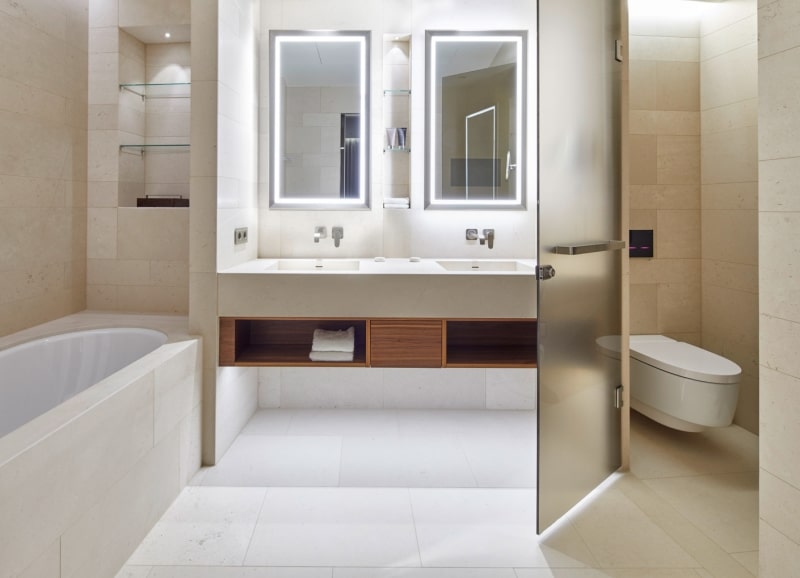
Source: stylepark.com
The first type is, what are called the prestige buildings. From its name you probably already have an idea which people it caters to. Hotels three stars and up, most of those with two, and some with one, are included in this building type.
The most telling characteristics of bathrooms in these buildings are the low traffic count. Or, if the traffic is moderate, there usually are personnel on standby making sure that everything is up to par. Other examples are main office headquarters, high government offices, and major universities.
2) Standard-use Buildings
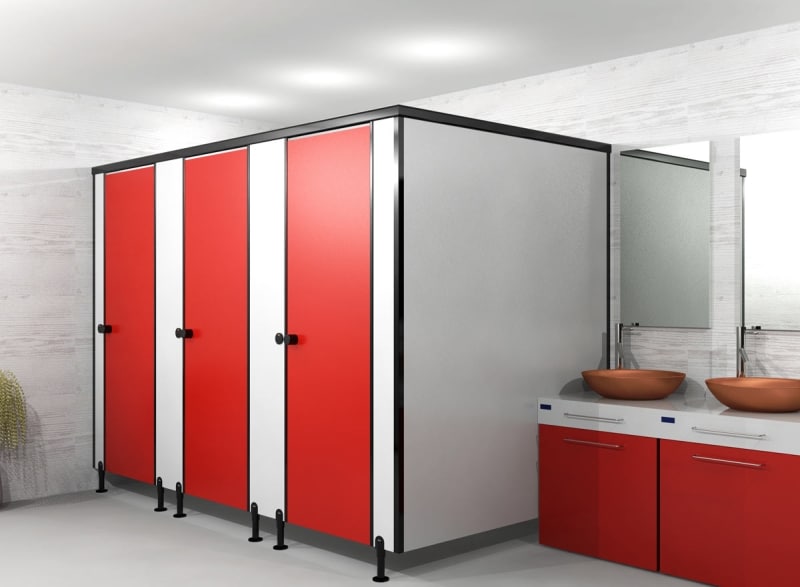
Source: toiletcubicleindia.com
The second building type is the standard-use building. These buildings have moderate traffic in their bathrooms. This means that there are chances of vandalism if not properly guarded or maintained.
Nevertheless, some vandalism will still be expected so this should be taken into consideration in choosing the bathroom partition material. Restaurants and other similar establishments belong under this building type.
3) Public Places
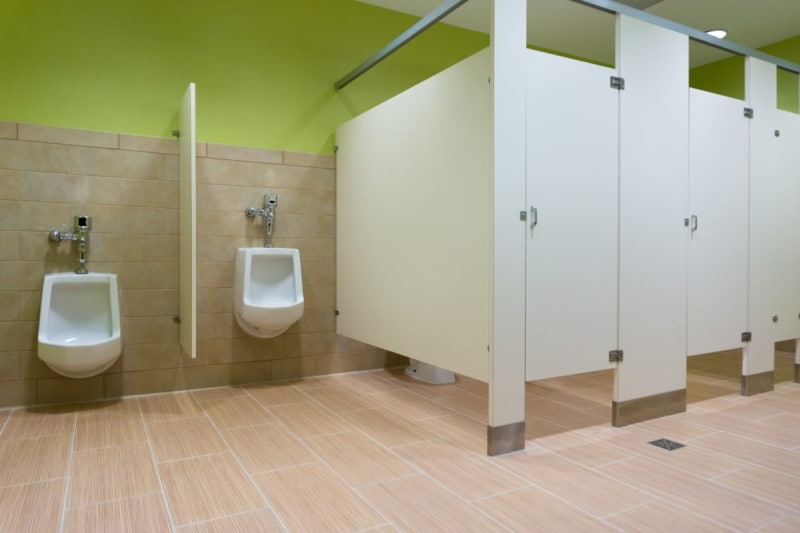
Source: newtondistributing.com
The last building type is the most difficult one to maintain due to its high traffic. These include public bathrooms that are situated at bus stops, subways and others. Because these buildings are cleaned routinely but without proper oversight, vandalism will be expected. Thus, it might be best to choose materials that are resistant
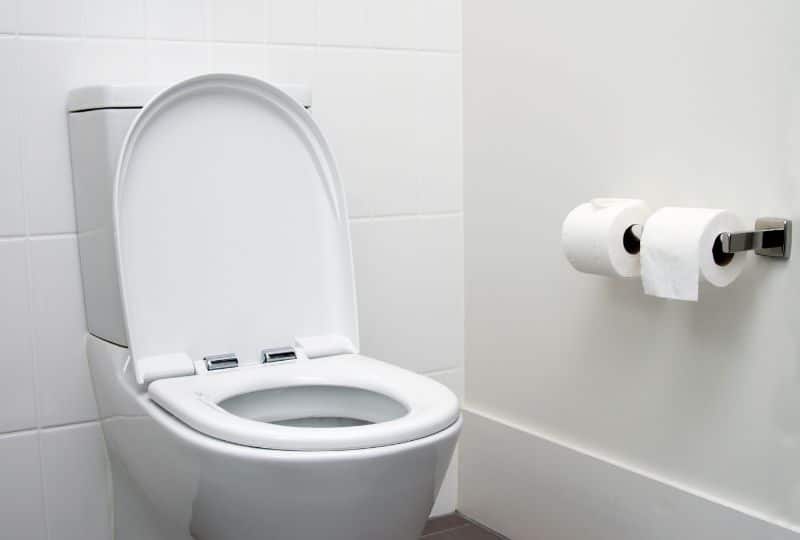

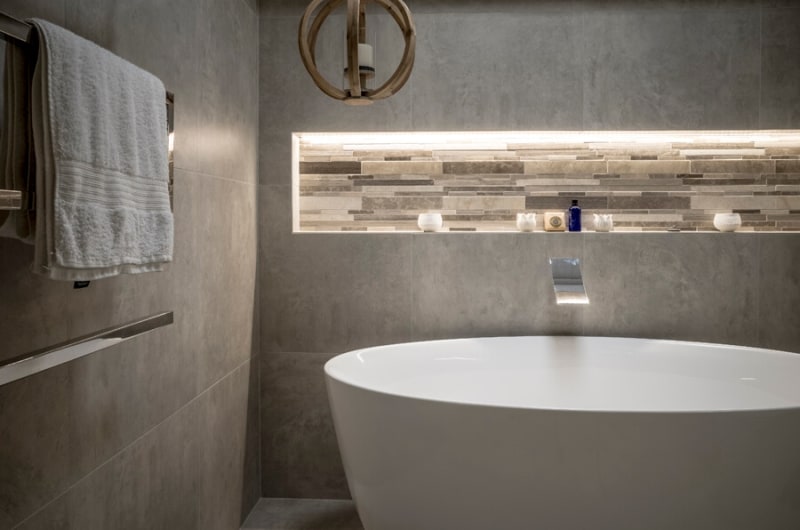
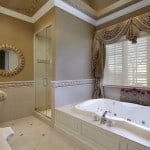
Leave a Reply